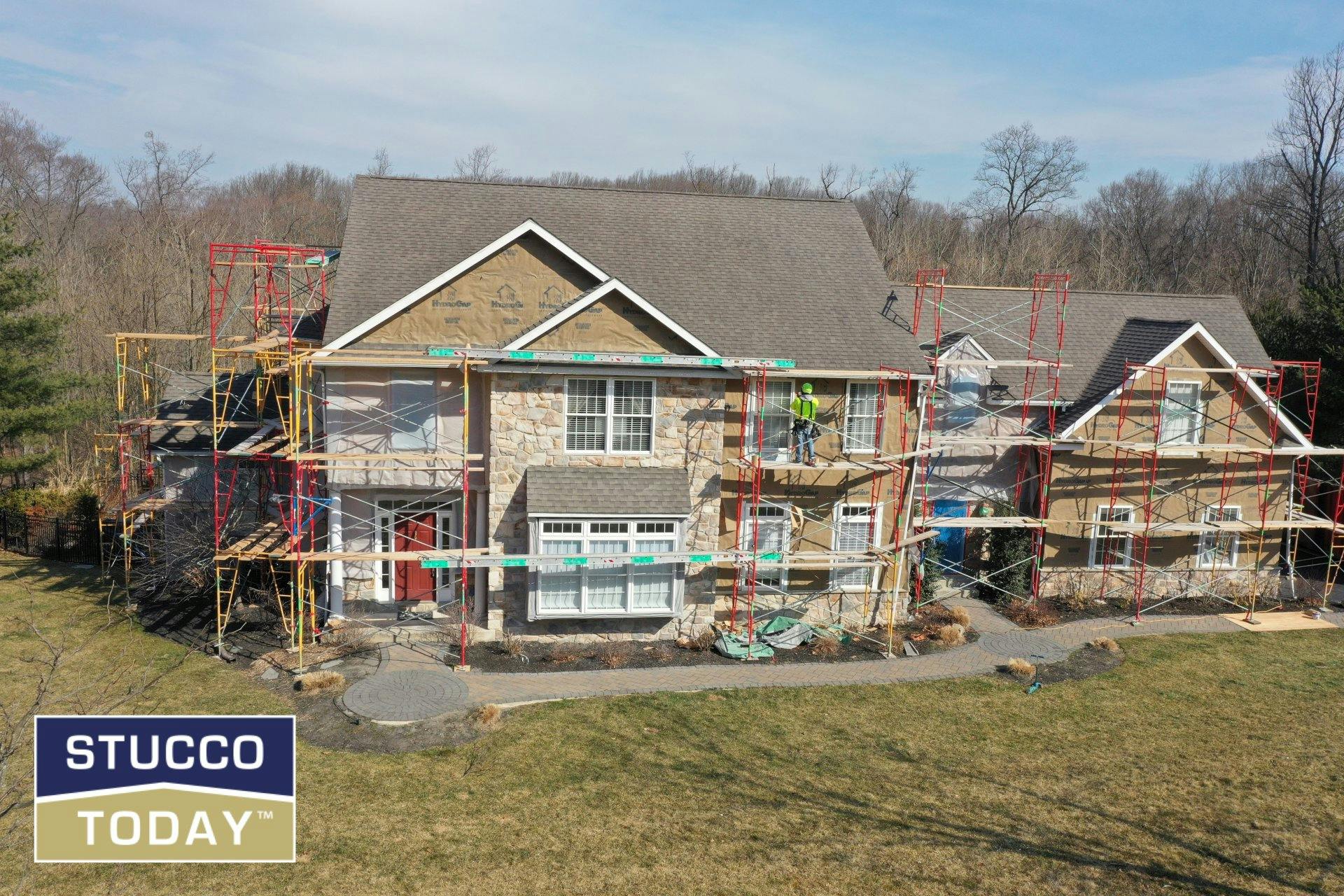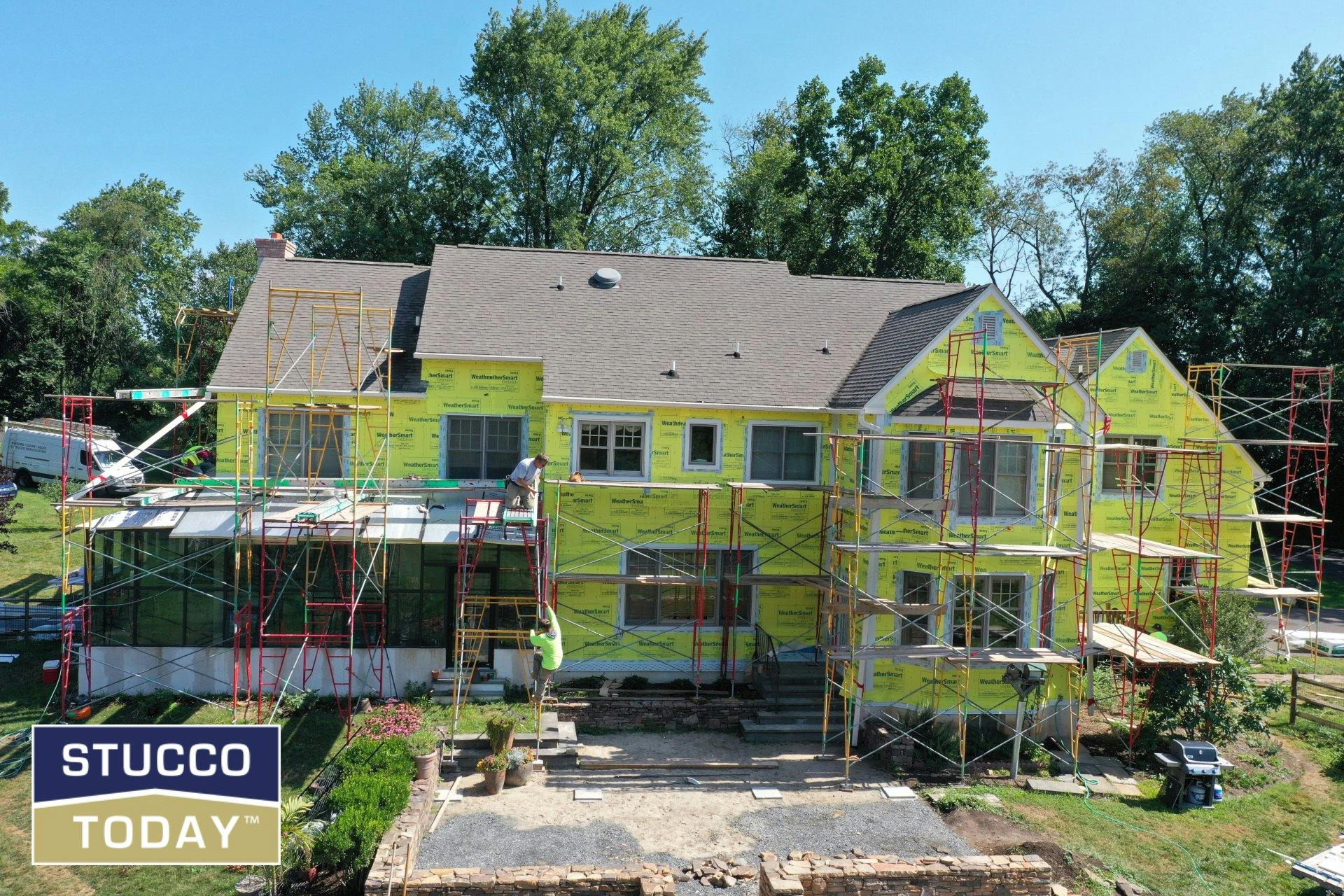Your home’s siding is incredibly important. It protects your house, improves curb appeal, and can add lasting value. Homeowners should take care to properly maintain their siding and not put off replacing it when the time comes.
If it is time to replace your home’s siding, then you should consider your options carefully. James Hardie fiber cement siding could be a great choice for your next replacement, and a James Hardie upgrade can do wonders for your home.
Is It Time to Replace Your Siding?

It’s not always clear when the right time to replace your siding may be. There are many factors to consider, including your budget and the current condition of your siding. You can carry out a simple inspection to get a rough idea of your siding’s condition. Then, you can contact professionals to take a closer look and find out what your options are.
Common Siding Damage
Cracks are among the most readily apparent types of damage you can find on your siding. They can be caused by physical accidents and impacts, poor repair jobs, or even wind if your siding lets it take hold. Cracks are relatively easy to spot if you look closely.
You could also be dealing with holes in your siding, which is a serious issue you should deal with quickly. Holes can form when cracks are allowed to spread and eventually reach an edge, where they allow a piece of siding to fall off.
Pest damage is another common cause of holes in your siding. In general, you’ll find holes created by pests near edges and corners. Rodents can gnaw through siding to expand smaller holes and cracks, potentially gaining entrance to your home.
Some siding damage is more subtle. Poor installation, extreme weather conditions, and shifting temperatures can cause your siding to warp over time. Bent or warped siding can create openings for pests and water to enter your home. Deformation can be subtle in its early stages, so you might not spot it right away.
Performing a Basic Inspection
In most cases, simply taking a slow walk around your home and looking at it closely from top to bottom is enough to spot the major types of siding damage. Minor chips typically aren’t anything to worry about — it’s just more significant damage you can spot easily that should concern you.
If you do think your siding is damaged, you can reach out to professionals to find out what your options are for repairs, replacement, or a James Hardie upgrade.
How Siding Damage Can Affect Your Home

It’s important to remember that siding damage is far from an aesthetic issue alone. Your siding protects your home, and physical damage and deterioration make it less able to do that important job.
Of course, holes can allow pests to get behind your siding. They can then build nests there, causing additional damage, and they may even be able to get inside your walls and infiltrate your home. The same is true for bent siding that leaves openings.
You also have water damage to worry about. Your siding isn’t actually watertight — it allows for some air flow to prevent any moisture that does get past from getting stuck. However, your siding does deflect rainwater effectively, and any damage can reduce its effectiveness.
If excess water is getting behind your siding, you could find yourself dealing with a serious mold problem. That mold problem can spread indoors through your walls, creating an unhealthy environment in your home.
Water getting into your walls can also lead to structural issues over time. Any water damage can cause wooden structural elements to rot, potentially leading to very costly repairs later on.
Dealing with a serious mold or pest problem can be expensive, so renewing your siding with a James Hardie upgrade before it gets to that point is usually a great investment.
The Benefits of Your James Hardie Upgrade

When it does come time to replace your home’s siding, you’ll need to choose which type to go with. There are plenty of options out there — vinyl, wood, and more. One of the newest options on the market is James Hardie fiber cement siding, an innovative material that is durable, cost-effective, and stylish.
Aesthetic and Budget
Fiber cement siding is made from a mix of Portland cement, sand, and natural cellulose fibers. This composition gives it a unique texture that provides a similar appearance to real wood siding. James Hardie siding achieves this style much more effectively than vinyl options with simulated wood textures.
One of the biggest benefits of fiber cement siding — compared to wood — is its cost. Wood siding is beautiful but incredibly expensive. Your James Hardie upgrade will have your home looking amazing without going way over your siding replacement budget.
Moisture Resistance
Another key benefit compared to wood is the resilience and durability that fiber cement siding exhibits. It’s resistant to moisture, so you don’t have to worry about the expansion or rot that can impact wood siding.
The same goes for any expansion due to freezing or high temperatures. In fact, James Hardie siding stands up to freeze-thaw cycles better than vinyl siding, which can become brittle and crack.
Pest Prevention
Fiber cement siding is the most effective option for pest prevention. The thicker boards resist entrance much more effectively than vinyl, so you won’t have to worry about pests getting behind your siding. The tough material also prevents insects from causing the kind of damage they can do to wood siding.
Decades of Protection
You can also get a much longer lifespan out of fiber cement siding. While vinyl siding might last 20 to 40 years in the best-case scenario, fiber cement siding lasts up to 50 years with minimal maintenance requirements.
Upgrading Your Home’s Siding
If you’re dealing with worsening damage to your home’s siding or think it could be time for a change, you can reach out to Stucco Today to find out more about your options. Our professional installers can provide you with beautiful and durable James Hardie fiber cement siding for your home.
Contact us today to get a free estimate on your next home siding project.

